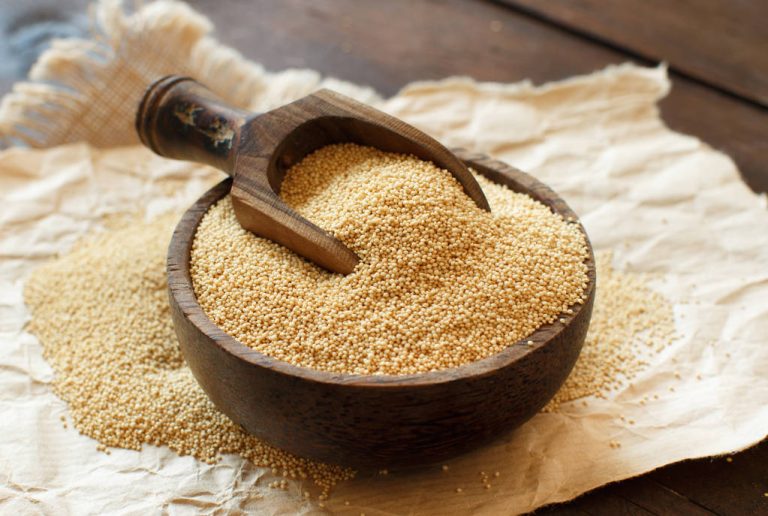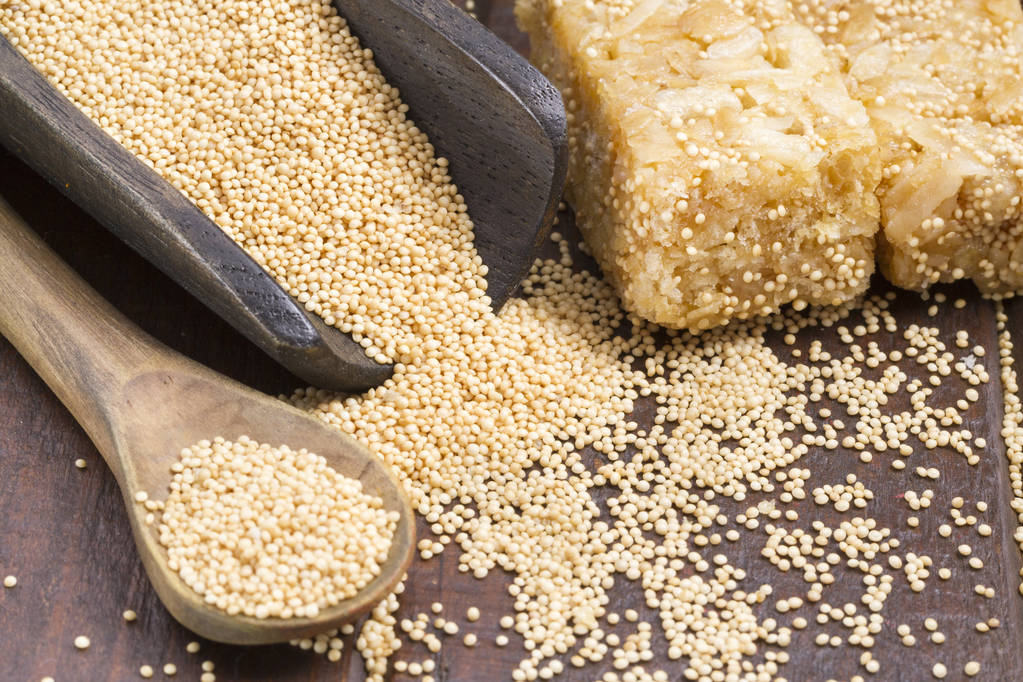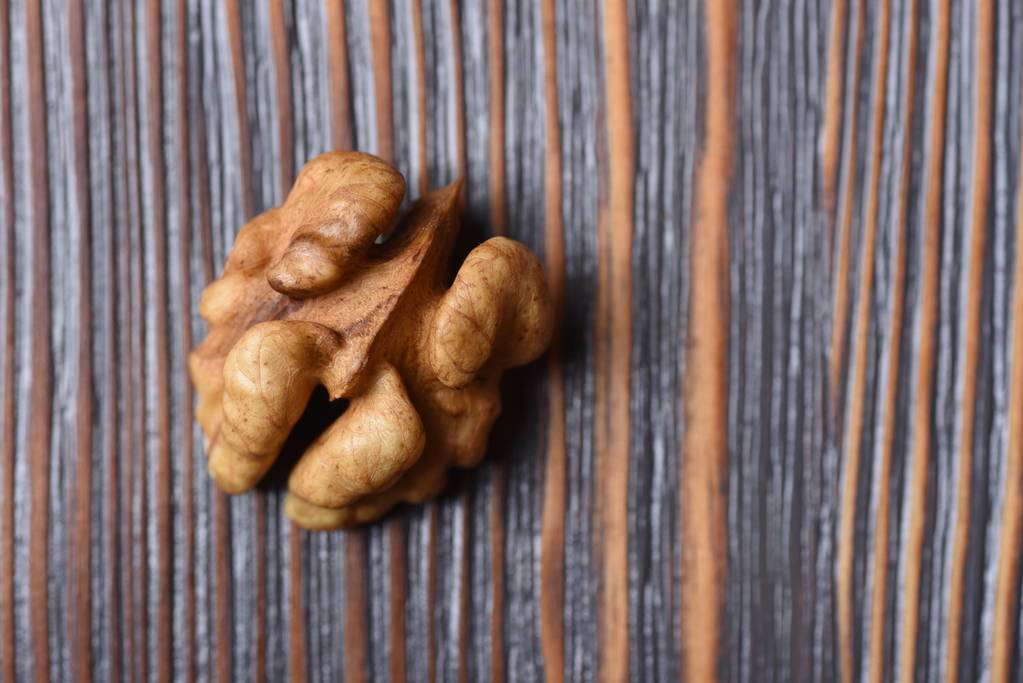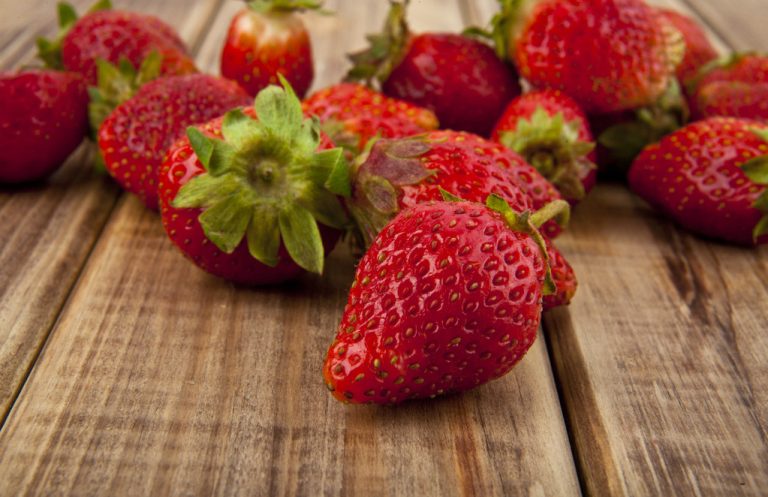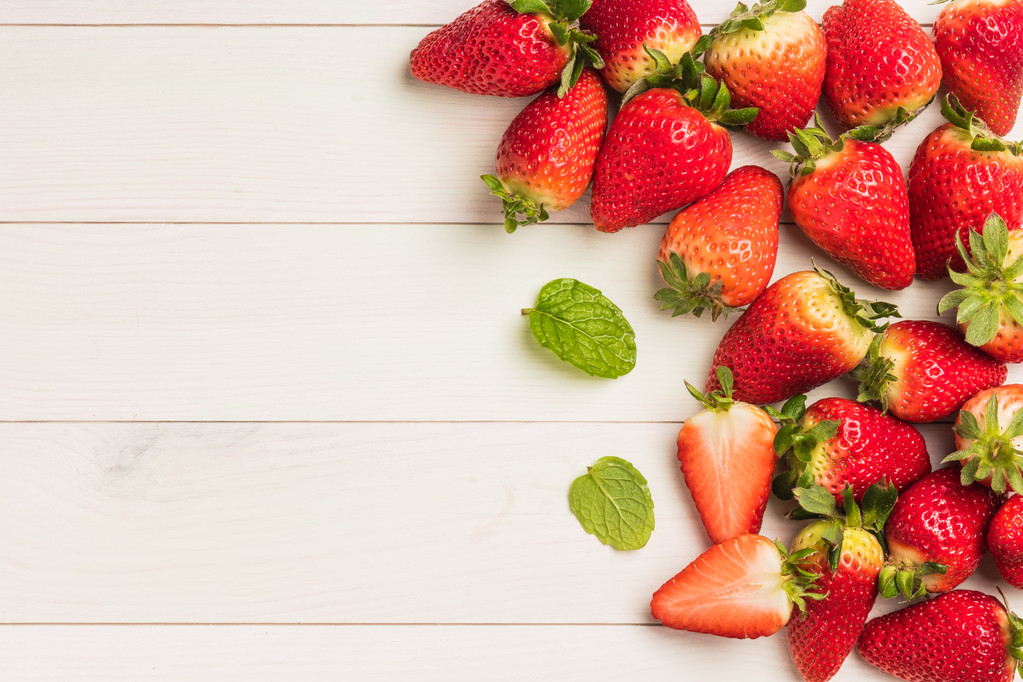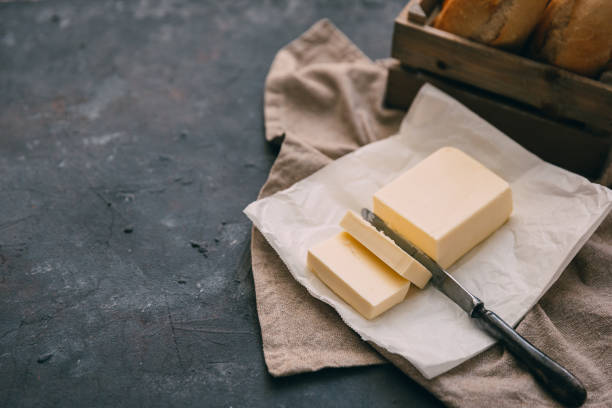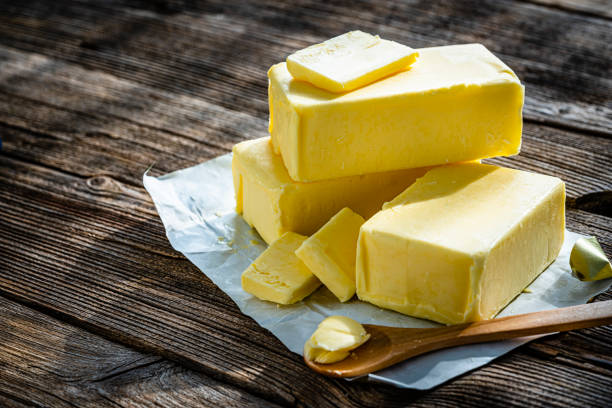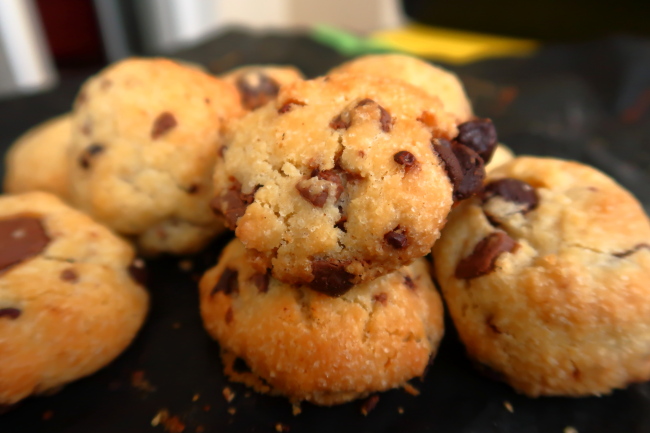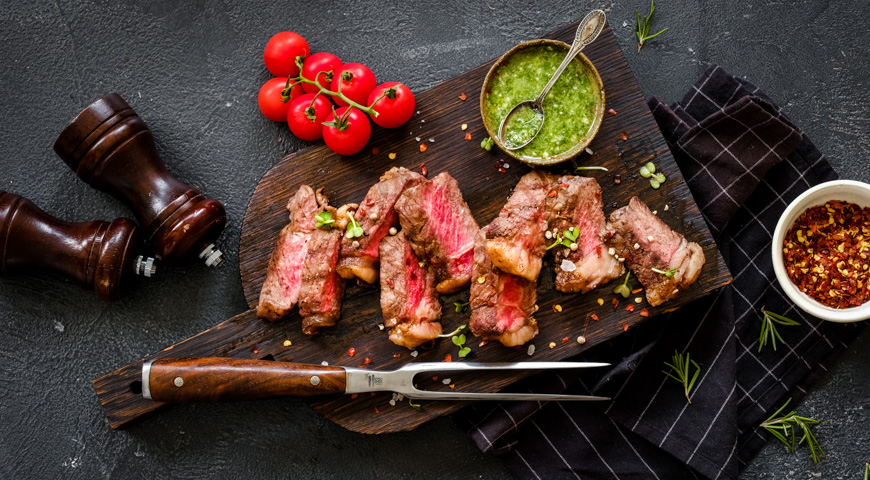Children come into contact with digital media earlier and earlier in their everyday lives. As a parent, it is important to encourage responsible parenting.

The digital age: the transformation of the media
The changing times mean that children come into contact with media at an earlier age. On the one hand, this is due to the fact that the family environment usually uses media such as smartphones, tablets or television on a daily basis, but also to the child’s curiosity: children love to observe and try out new things. In addition, the often simple use of the devices by swiping, typing or zooming makes it possible for children to quickly take a liking to them.
So today children grow up “surrounded by technology”; they have usually been in contact with digital media from an early age. The possibilities of modern media are also often used in educational institutions, for example to pass on information material and to use alternative learning methods. In the course of their development, the media world does not appear to be “foreign” to the children, but rather they take it for granted and are enthusiastic about it. This is where it is important to intervene as the child’s authority figure and caregiver: the child should maintain a healthy skepticism about media content and be aware of the dangers.
Characteristics of unhealthy media use
Children’s affinity for digital devices such as computers, smartphones or televisions is often very high. They offer a wide range of sounds, images and videos, which is very popular with children and stimulates the stimuli. The extent to which children are attracted to the media content and how intensely the material affects them varies from child to child: While some children can hardly be influenced, others appear more aggressive, overexcited or listless. This already shows that media not only offer advantages, but can also have disadvantages.
In its 2020 media addiction prevention offensive, the DAK examined the effects and changes in media use and was able to identify six signs of unhealthy media use in the course of the study. These include:
contact behavior. The child or young person avoids family, friends or other social encounters. Social life is severely neglected, so that conversations are seldom or only superficial. The virtual space is considered the only desired contact.
times of use. Internet use is intensifying and the usual leisure activities and contact with reality are shortened accordingly. The reason for this can also be the variety of digital media offers: First watch a film on TV, then play a computer game and keep checking your smartphone.
daily structure. The healthy and regular sleeping rhythm is disturbed. A game is often played or a series watched late into the night, so that the day ends much too late. Fatigue, absence or sluggishness as well as reduced performance can be identified.
Affect. If the child or young person has no access to the Internet, depressive, aggressive or angry reactions appear.
Carelessness. The lack of sleep associated with the previous changes, the isolation from social contacts and reality often means that children and young people can no longer fulfill their tasks and obligations. Even hobbies are neglected or given up entirely.
Self reflection. Affected children and young people often find it difficult to realistically assess their own internet use. They get lost in the media and often don’t even know how much time actually elapses.
Tips for regulated media consumption
Children and young people depend on the help of adults when it comes to healthy media consumption. It is important that you help your child to use digital media consciously. An important point is a regulated usage time, which is based on the age of the children.
Klicksafe, an initiative of the European Union, recommends a usage time of about one hour a day for children from 10 to 13 years old, for 14 to 17 year olds the decision should be made depending on the family and personal situation. Klicksafe also lists the idea of ”media vouchers”: The “allowed time” could be transferred to vouchers that the child can freely allocate. These coupons can also be set to a specific device. In this way, the child also learns to deal responsibly with time.
It is advisable to agree on a fixed weekly quota for media use instead of fixed times of the day. This is how screen times are set, but the division is left to the child himself. It can be helpful to set an alarm clock so that the time is really observed and the child gets a feeling for its consumption. Show your child other ways to keep themselves busy: It is often a “reflex” to turn on the television when boredom sets in. For example, you could encourage your child to play an analog game, run around outside, do crafts, draw, or read. To prevent addictive behavior, it can also make sense to take “media-free times”. This means that smartphones, tablets or the television remain switched off during a family outing or at the dining table, for example. It can also be a good idea to avoid media for an hour or two before bed. The important thing is to be a role model. If you use your smartphone continuously, it will also be more difficult for the child to stick to agreed times. So you too should reflect on your media behavior and try to be a good role model for your child.
The type and function of the media are also age-dependent: Take a look! informed about which devices could be useful from what age. Babies react instinctively and mainly to light and sound effects: Independent use of media cannot and should not take place at this age. If a child exceeds the first year of life, it can usually differentiate between “image” and “reality”. The child is able to consciously turn to mobile media; however, the area of experience for children under the age of three should be primarily in the real world. Children between the ages of three and four slowly develop an understanding of symbols and media. Tablets are a great opportunity for children of this age to express themselves creatively, to try out themselves and to perceive new characters in films or series. What is important is the shared use of the media and the regulated period of time. At the age of five to six, children use media as a source of knowledge, as a means of orientation, entertainment and as a toy. Here it is important that you help the child to deal with safe offers and support them if possible. The first “own smartphone”, which many children are pushing for, should only be purchased when the child is able to perceive the dangers of the Internet and knows how to protect itself. This is usually the case from around 12 years of age. Here, too, you should talk to the child about the rules, costs and apps and try out how to deal with the child responsibly.

Child-friendly media offerings
There are numerous media offers that are classified as “sustainable” by the Federal Ministry for Family Affairs, Senior Citizens, Women and Youth. In these, children should learn how to use media responsibly; The advantage of the offers is that the parents act as “companions” in the digital world and can therefore offer assistance if questions or uncertainties arise with the child. A first tip is the children’s search engine “Blinde Kuh”. It is a search engine that provides news, hands-on offers, and tips for surfing and games especially for children.
Another recommended offer is the page Klick-Tipps.net. The site offers information on various topics, but also surveys or knowledge tests are offered. All content has been subjected to a pedagogical examination.
Children and young people often show a special interest in computer and console games. Which games are recommended from a pedagogical point of view are summarized in a brochure every year, which can be a useful guide.
You can find other pedagogically valuable and child-friendly sites at Seitenstark e.V. This is a network in which certified children’s sites work together to provide sustainable offers for children.


